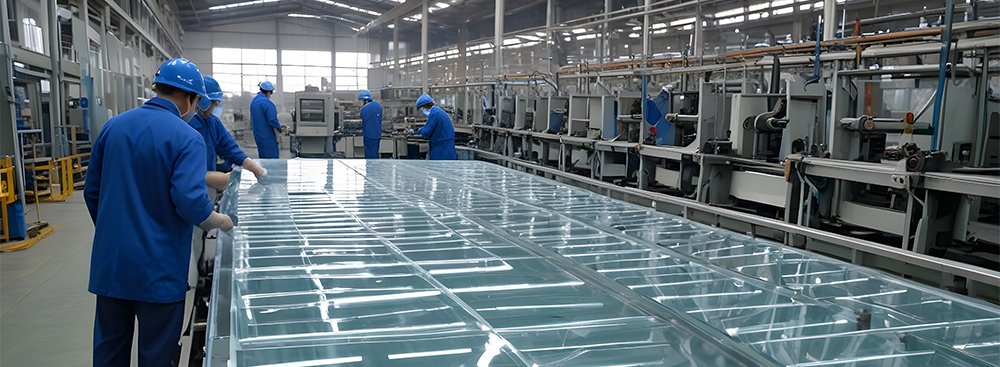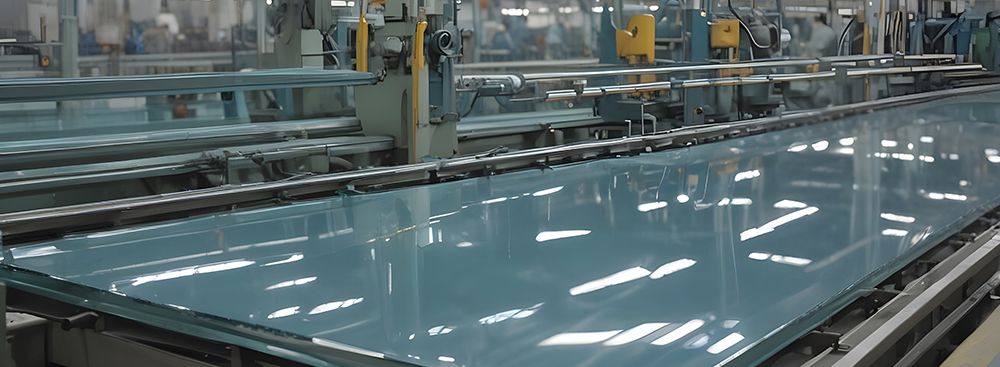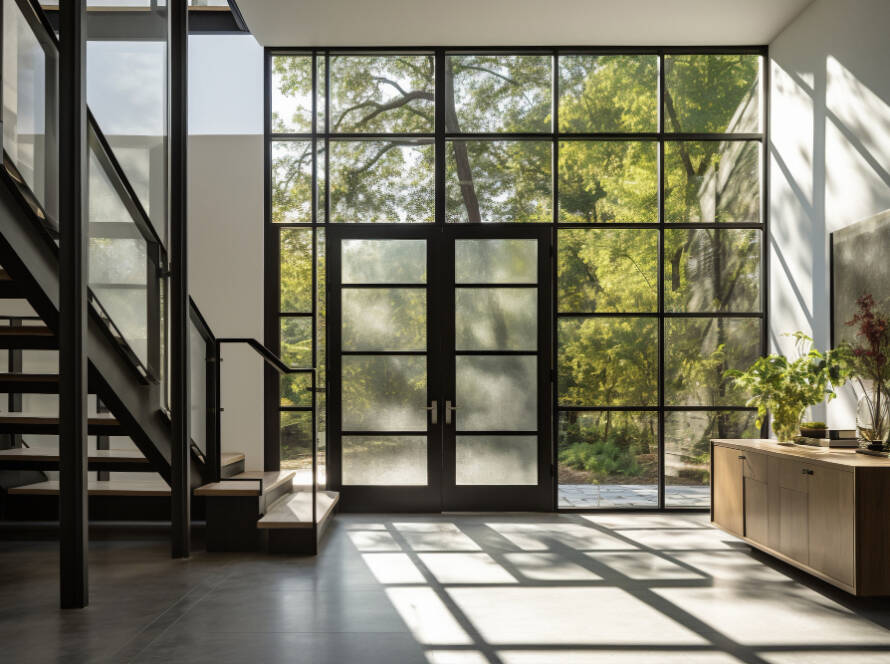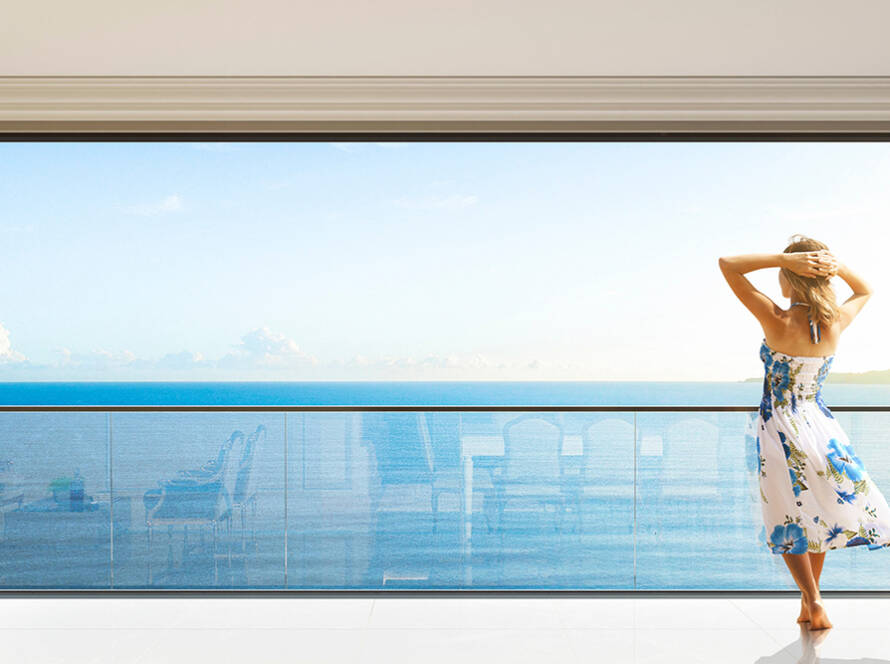The Superior Strength of Toughened Glass: A Closer Look
Glass has long been revered for its elegance, transparency, and versatility in architectural and industrial applications. Yet, not all glass is created equal. Among the various types of glass available, toughened glass emerges as a standout in terms of durability and resilience. But what exactly makes toughened glass so much more durable than its conventional counterpart? Let’s delve deeper into the characteristics and manufacturing process of toughened glass to uncover the secrets behind its exceptional durability.
Understanding Toughened Glass
What is Toughened Glass?
Toughened glass, also known as tempered glass, is a type of safety glass that undergoes a specialized thermal or chemical treatment to enhance its strength and durability. Unlike conventional glass, which breaks into sharp, hazardous shards upon impact, toughened glass fractures into small, relatively harmless pieces. This unique property is achieved through a process of controlled heating and rapid cooling, which induces compressive stress on the surface and tensile stress in the interior of the glass.
The Science Behind the Strength

The key to the superior strength of toughened glass lies in its unique internal structure. During the tempering process, the outer surfaces of the glass cool more quickly than the inner core. This temperature disparity creates a state of high compressive stress on the outer surfaces and tensile stress in the interior. These opposing stresses effectively “lock” the glass molecules in place, making toughened glass significantly stronger than ordinary glass.
Enhanced Durability
The inherent strength of toughened glass makes it highly resistant to breakage and shattering. Unlike ordinary glass, which can fracture into sharp, dangerous shards upon impact, toughened glass breaks into small, relatively harmless fragments. This property not only minimizes the risk of injury but also makes toughened glass suitable for use in high-risk areas where safety is paramount.
Versatility and Applications
One of the key advantages of toughened glass is its versatility. Thanks to its enhanced strength and durability, toughened glass finds a wide range of applications across various industries. From architectural projects such as windows, doors, and balustrades to automotive applications like windshields and side windows, toughened glass offers unmatched performance and safety.
The Manufacturing Process

The durability of toughened glass can be attributed to its unique manufacturing process, which involves several key steps:
- Heat Treatment: The glass is heated to extremely high temperatures (typically around 620 degrees Celsius for soda-lime glass) in a tempering furnace.
- Rapid Cooling: After reaching the desired temperature, the glass is rapidly cooled using jets of cold air. This rapid cooling process, known as quenching, creates surface compression and interior tension within the glass.
- Balanced Stresses: The combination of surface compression and interior tension results in a balanced state of stress within the glass, significantly increasing its strength and resilience.
Enhanced Strength and Durability
The tempered glass produced through this tempering process exhibits several key characteristics that contribute to its durability:
- Impact Resistance: Toughened glass is more resistant to impact and mechanical loads compared to ordinary glass. It can withstand greater force without breaking or shattering, making it ideal for applications where safety is paramount.
- Thermal Stability: Toughened glass can withstand rapid temperature changes without cracking or breaking. This thermal stability makes it suitable for use in environments with fluctuating temperatures, such as kitchen splashbacks or oven doors.
- Bending Strength: Toughened glass has higher bending strength than ordinary glass, making it less susceptible to bending or flexing under pressure. This property enhances its resistance to breakage and deformation.
Applications of Toughened Glass
The durability of toughened glass makes it suitable for a wide range of applications across various industries:
- Architectural Glazing: Windows, doors, and facades.
- Automotive Industry: Windshields, side windows, and rear windows.
- Interior Design: Shower enclosures, balustrades, and partitions.
- Furniture: Tabletops, shelves, and cabinets.
- Electronics: Touchscreen displays and protective covers.
Benefits of toughened glass
1) Strength: Toughened glass is much stronger than regular glass. It can withstand higher impact forces, making it less likely to break under pressure.
2) Safety: When toughened glass does break, it shatters into small, blunt pieces rather than sharp shards. This reduces the risk of injury, making it safer for use in various applications.
3) Durability: Due to its increased strength, toughened glass is more durable and resistant to scratches, abrasions, and other forms of damage compared to regular glass.
4) Thermal Resistance: Toughened glass can withstand higher temperature differentials without shattering, making it suitable for use in areas with extreme temperature fluctuations, such as oven doors, shower enclosures, and glass partitions.
5) Versatility: Toughened glass can be used in various applications, including windows, doors, tabletops, shelves, partitions, and automotive windows.
6) Easy Maintenance: Its smooth surface makes toughened glass easy to clean and maintain, requiring minimal effort to keep it looking new.
7) Enhanced Security: Toughened glass provides increased security due to its resistance to forced entry. It’s often used in security doors, windows, and storefronts.
8) UV Protection: Some types of toughened glass can offer UV protection, reducing the penetration of harmful ultraviolet rays and helping to prevent fading of interior furnishings.
Check out our other blog to learn about the 8 advantages of toughened glass





